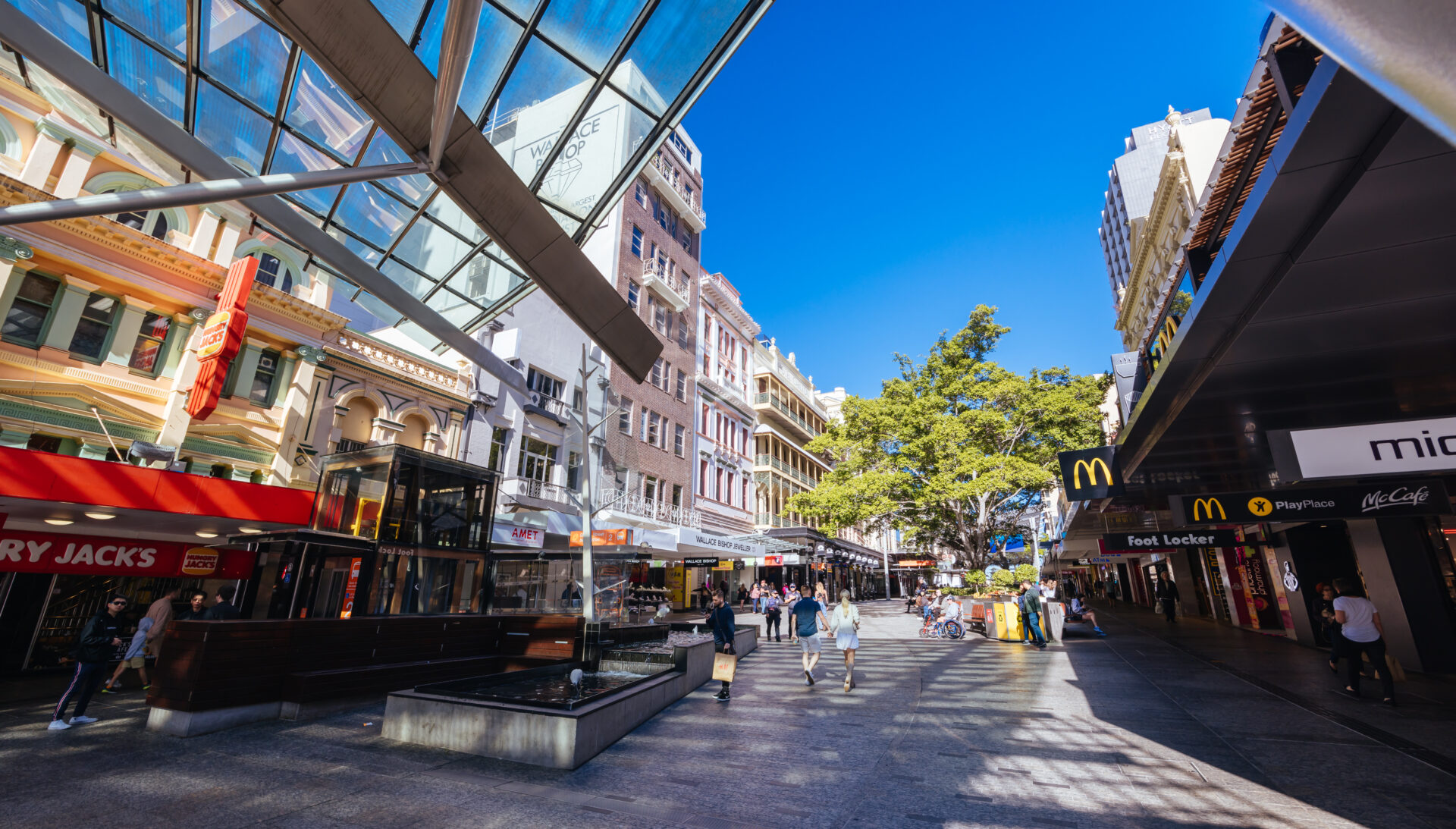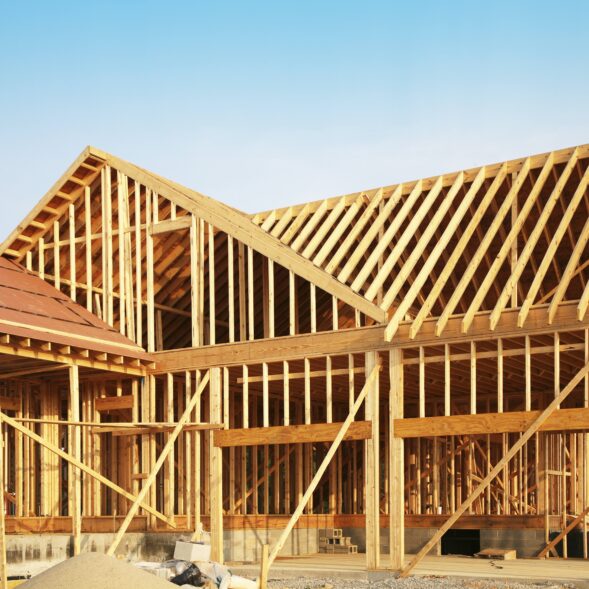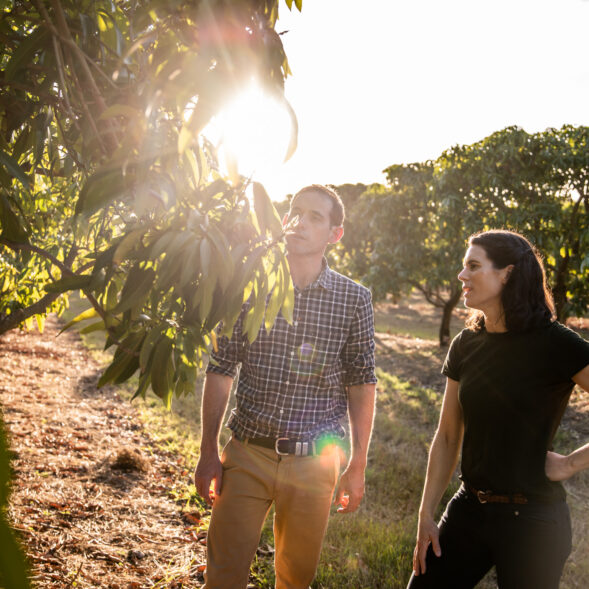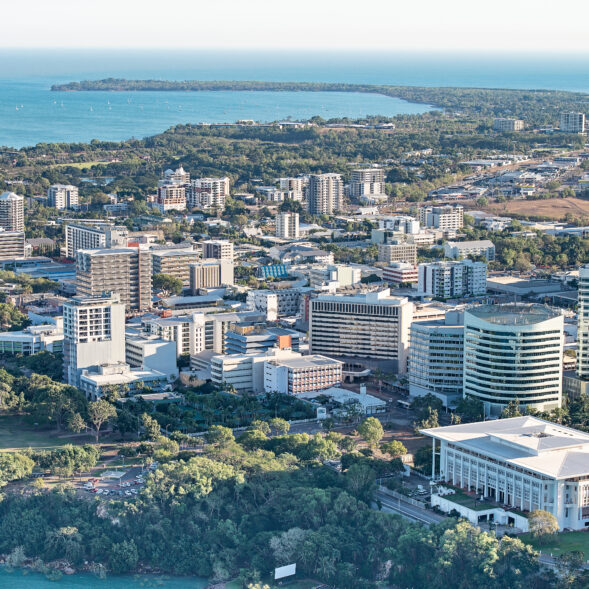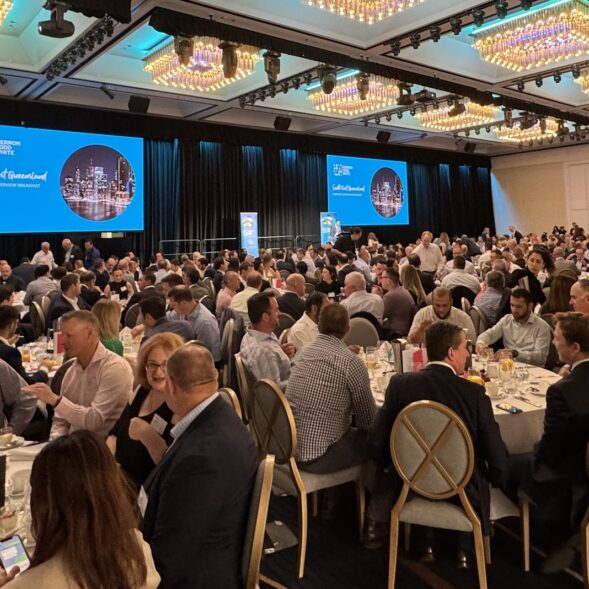Australia is presently undergoing an extraordinary period of population growth. In 2023, the increase in population was over 650,000 people. Whilst this is now starting to make headlines in terms of the residential accommodation impact, what is less considered is the impact on commercial markets, and specifically retail.
The current per capita retail requirement is circa 0.9 square metres per person. On this metric, we should be building circa 585,000 square metres of new retail accommodation (or the equivalent of three to four major regional shopping centres) per year. Yet, our current build is trending towards record lows (circa 20 per cent of the long term average) and therefore a long way short of that target figure. We are therefore potentially on the way to a significant shortfall in retail accommodation in Australia.
There is no easy solution to this situation. It is increasingly difficult to develop new retail accommodation in infill brownfield locations due to planning difficulties, traffic considerations, rapid increases in construction costs and competing land uses for such sites. Accordingly new development in built up areas is increasingly being accomplished through expansion and increasing densification of existing sites. Such development is however complex and takes considerable time.
Development in the growing outer areas is far more easily accomplished and this is reflected in ongoing development of new neighbourhood centres.
The downstream impact of this undersupply is that there is now a developing potentially long-lasting undersupply of retail accommodation. Whilst not necessarily immediately apparent, this will be to the benefit of existing owners with the increased levels of trade feeding leasing demand, rentals and ultimately capital values.
So how does this square with the current experience?
During the disruptive impacts of the COVID crisis, retail property went through a significant market correction with reduced rentals, increased vacancies and a correction in capital values (for sub-regional and regional centres). This cycle has however now ended, and we are now in a stabilised situation but with increasing levels of market interest and more positive sentiment towards the retail sector.
Belying this situation, we are now entering more difficult economic times and the population increase is not sufficient to offset the deteriorating economic circumstances. Current retail trade is reasonably weak as the deterioration in general economic conditions starts to impact the retail world. The Shopping Centre Council of Australia reports that up to April 2024, year on year retail trade only increased by 1.2 per cent. This is well below inflation, let alone the combined population growth and inflation impact.
In summary, whilst there are still significant headwinds, the medium- and long-term prospects for retail property owners are strong. Two key lessons of the COVID experience were that shopping is a favoured leisure experience and that people want to be able to touch and feel their purchases. The simple fact is that there will be an increasing number of people competing for goods with an increasingly tight per capita supply of retail accommodation.
Alistair Weir



